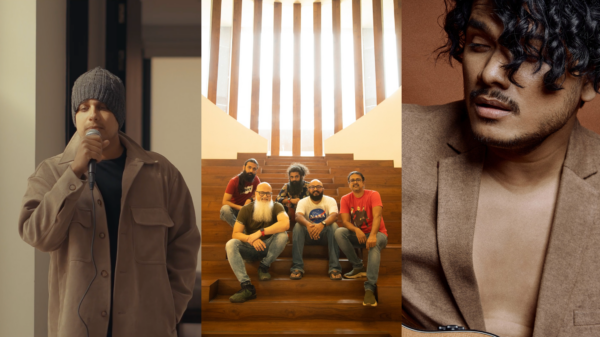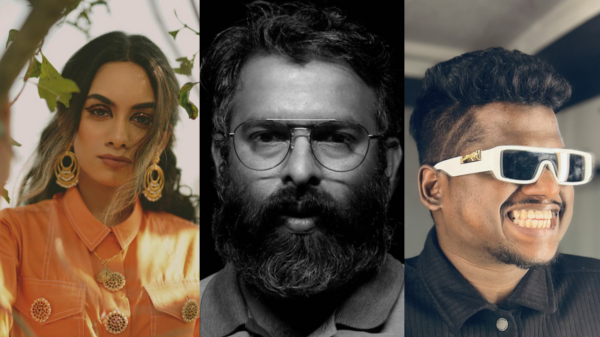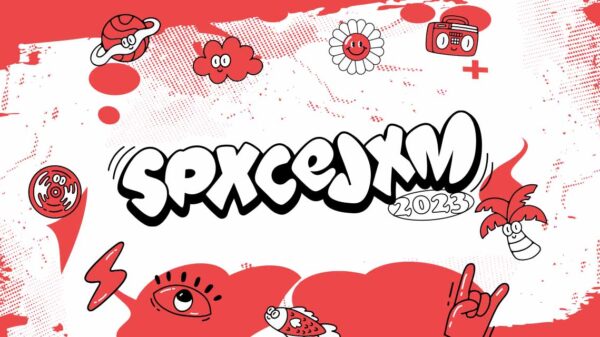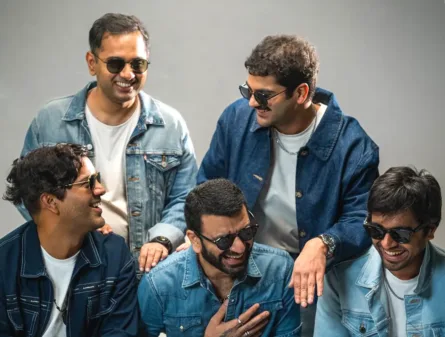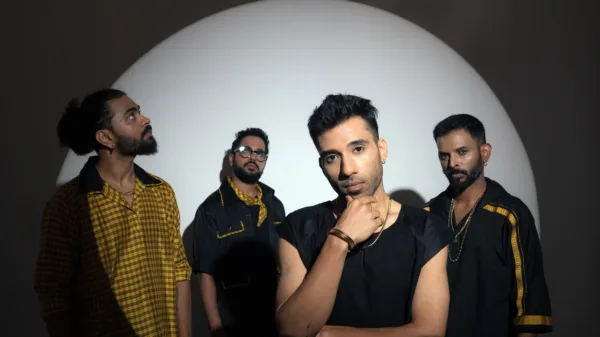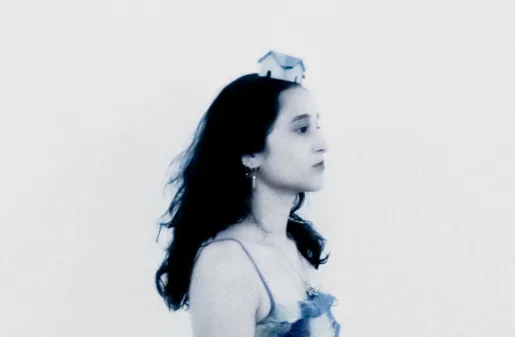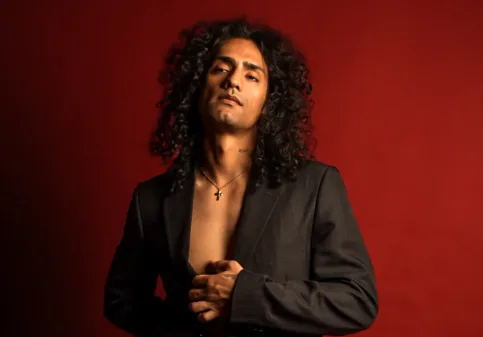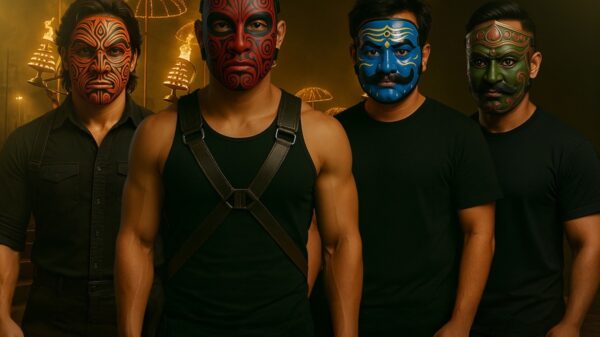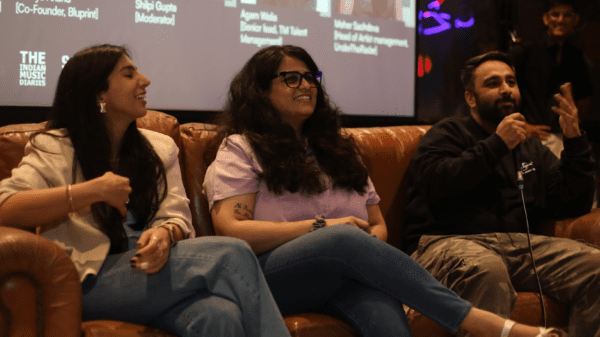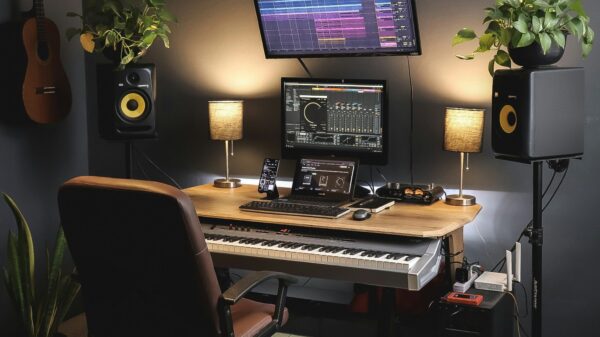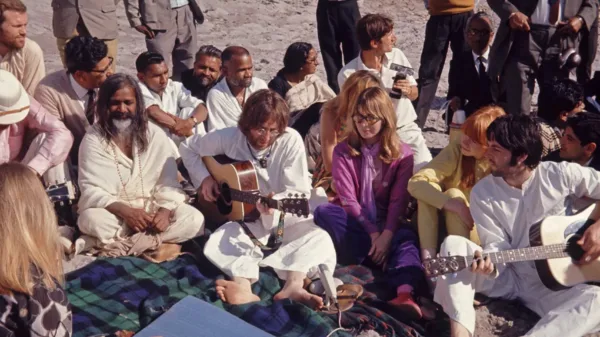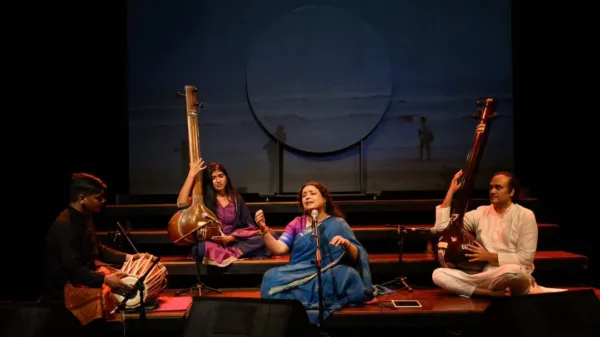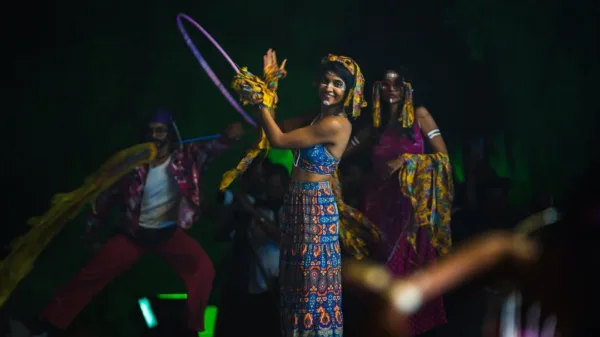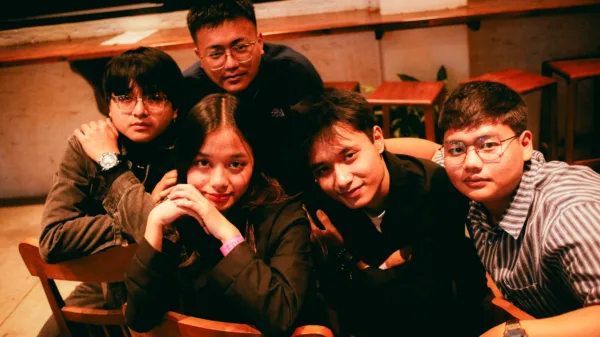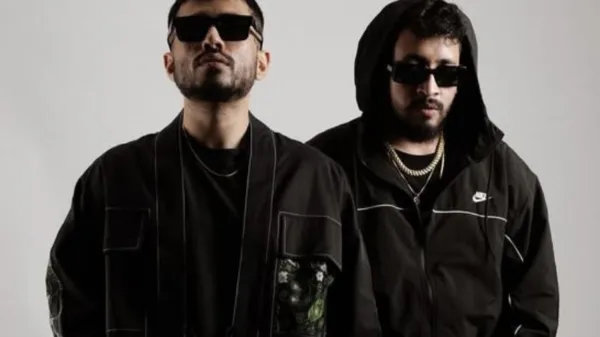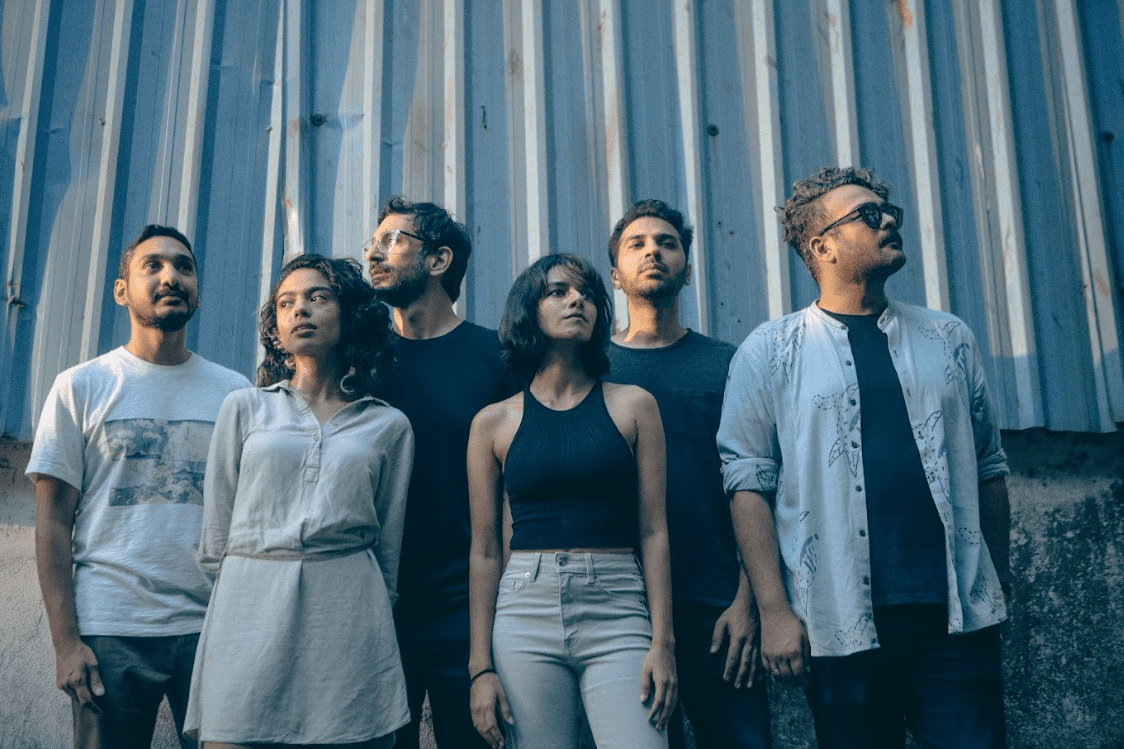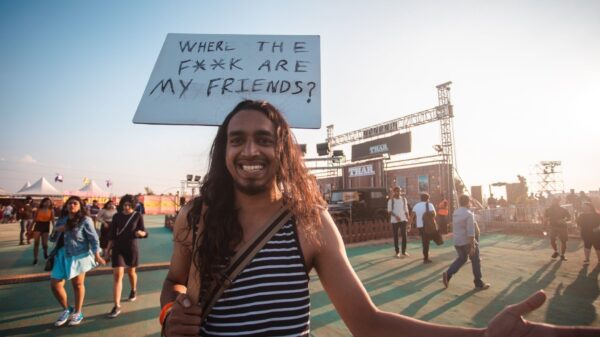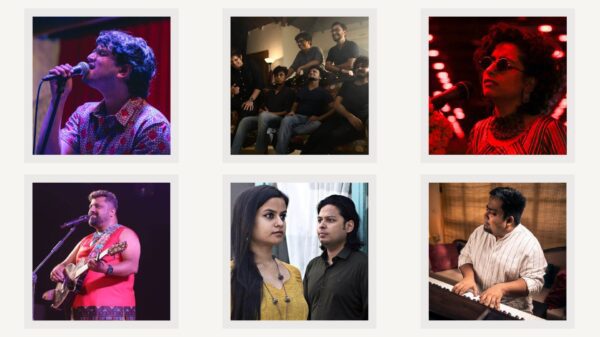Long Distances is a dynamic band known to integrate genres like dreampop, shoegaze, and post-punk into their own unique flavour of indie – rock. Dreamy melodies, sparkly-but-gritty guitar, juicy synths and an energetic rhythm section weave their way into songs that talks about love, loss, lament, and the longing for liberation.
Recently, the band was spotlighted on TuneCore’s ‘Next,’ a flagship artist spotlight property by the global music distribution and artist development platform, TuneCore. Built for India, ‘Next’ spotlights independent artists from across the region who are at an inflection point in culture. In conversation with us, Long Distances talks to us about his journey so far.
1) Tell us a bit about your project. How did you begin your journey as a band?
The seeds of the project were planted in the pandemic when Zubin Pastakia and Aarifah Rebello (vocals, writing) connected over some demos that Zubin (guitars, production, writing) was working on and needed a singer to collaborate with. The first song they recorded was produced by Krishna Jhaveri (Skyharbour, Goddess Gagged etc.) and Sanaya Ardeshir (Sandunes) and soon the project caught flight with Apurv Agrawal (Cowboy & Sailorman, Pacifist) coming on as co-producer, writer, guitarist and mix engineer. The three proceeded to write and self-product 5 of the tracks that made up the first critically-acclaimed EP ‘How the Mighty WIll Fall’ that was released in January of 2024 after a slew of singles. As we began to get offers to play shows, Karun (drums), Gouri (synth/harmonies) and Adil (bass) joined and the line up was complete.
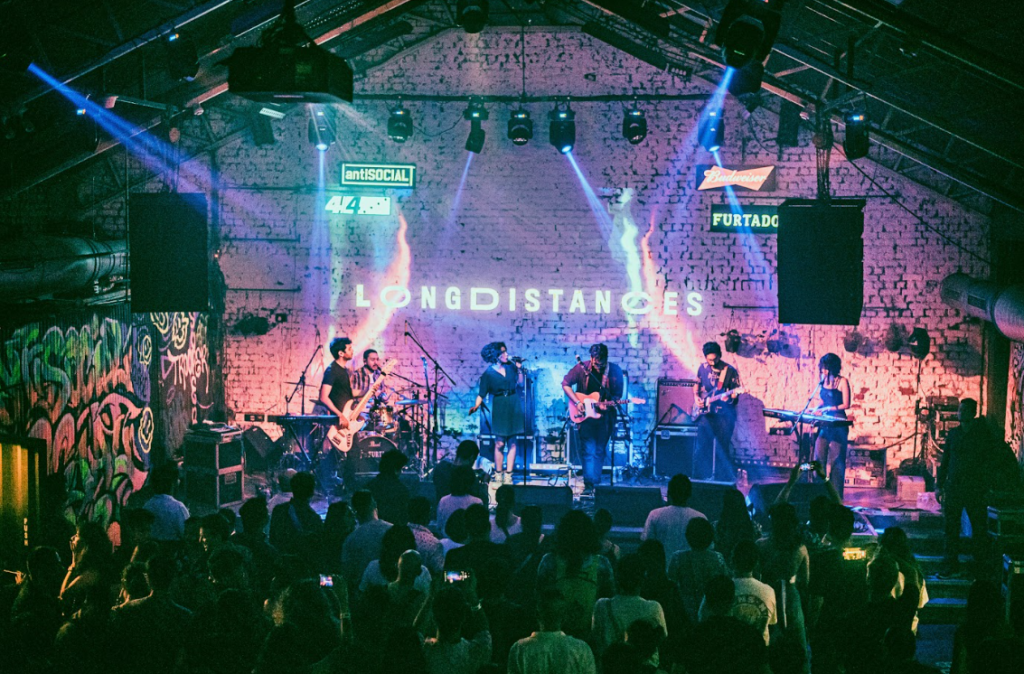
Picture Courtesy: Abhishek Gupta
2) Which bands/artists were your first love? Who is your biggest influence?
It’s hard to say, as we are six people with our own individual tastes. But some of the bands / artists that have inspired us are The Cure, Paramore, Ringo Deathstarr, Real Estate, New Order, Slowdive… the list is endless.
3) Tell us a bit about your EP ‘How The Mighty Will Fall.’
‘How the Mighty Will Fall’ is our debut EP that exists at the intersections of genres such as post-punk, shoegaze, dreampop and synthpop. We tried to conjure up a sonic and emotional landscape that is at once familiar and yet very much grounded in the contemporary context. With each song we tried to push the band’s sound in different directions, while holding on to some common threads: catchy leads, gritty rhythms, juicy synths, driving bass, pounding drums and dreamy vocals that complete the sound as their own instrument. These are not songs that exist as an escape, but engage with the world we live in today. ‘How the Mighty Will Fall’ takes the listener on a journey that explores themes of loss, longing, disappointment, grief, acceptance
We were so glad that the EP was both critically acclaimed and celebrated in the independent scene. Rolling Stone recognised it as one of the best EPs of 2024 calling it “a tremendously well-written, recorded and engineered EP” and Homegrown India called it a “harmonious convergence of emotional depth and technical brilliance, making it a magnum opus within the indie rock realm.” Several songs from the EP have been frequently included on best of lists of various publications covering indie music at home and abroad.
4) What is your music-making and recording process like?
Long Distances has an extremely hybrid approach to making music. We are able to work remotely and share stems and write while we are apart, and we also frequently come together to finesse or work on parts of songs that need us to be in the same room. We often use a ping-pong approach to writing, where someone starts with a riff or a melodic idea, which is then picked up by someone else and turned around in a verse and the vocal melodies are often written at the end. There are no hard and fast rules though, for example in Empire we had the idea for a vocal melody in the outro, which was then made into a chord progression and layers of synth were added later.
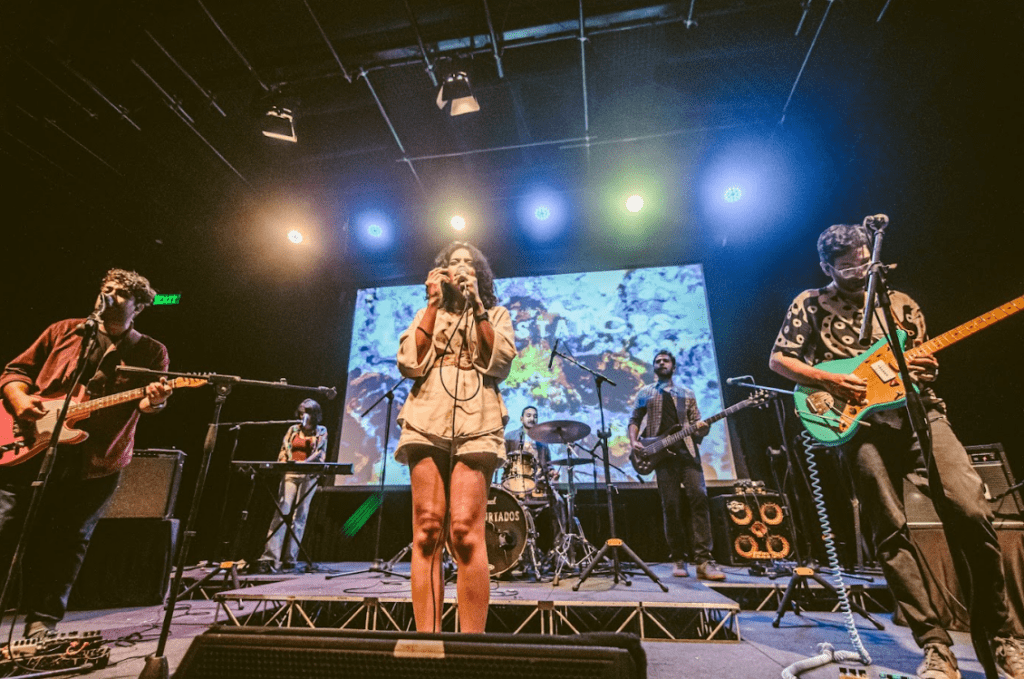
Picture Courtesy: Abhishek Gupta
5) Why do you make music? What drives you as a band and what are your songs about?
Making music together as a band is almost an anomaly in today’s day and age. In an age of bedroom producers and “collabs” for the algorithm, we try to stay true to the collaborative aspects of being in a band and growing together with the music. Our songs are about the stuff of life: love, loss, longing and the desire for liberation.
6) Which Indian bands or artists do you admire? And why?
Too many to mention and apologies if we’ve missed any:
Mali, Green Park, Signal W, F16s, Lightyears Explode, Pacifist, Dirge, Fox in the Garden, Dohnraj, Peter Cat, Sunflower Tape Machine, Ranj & Clifr, Karshni Nair, Rounak Maiti…. it’s a very long list and there’s more we’re sure.
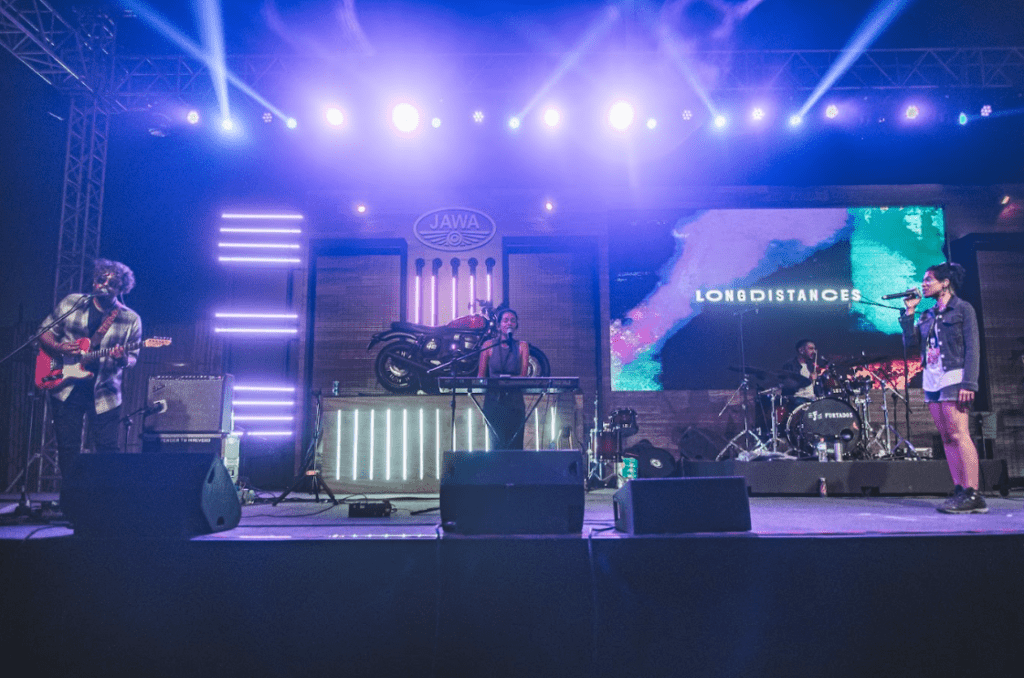
Picture Courtesy: Abhishek Gupta
7) What’s your take on the independent music scene in India?
It’s a really interesting time to be an independent musician in India. There are different musical scenes, some that are doing really well and others that are emerging and even re-emerging. Diversity, in general, has gotten better. But it’s also definitely not easy to sustain it financially. We definitely have been fortunate to have been programmed for some amazing gigs and festivals, don’t get us wrong, but bands and artists that are not playing to algorithmic trends and fancies need regular support from curators, promoters, brands and platforms. How can we actually push music that is saying something different or relevant to our current context? Who is willing to take more risks on artists and support them?

